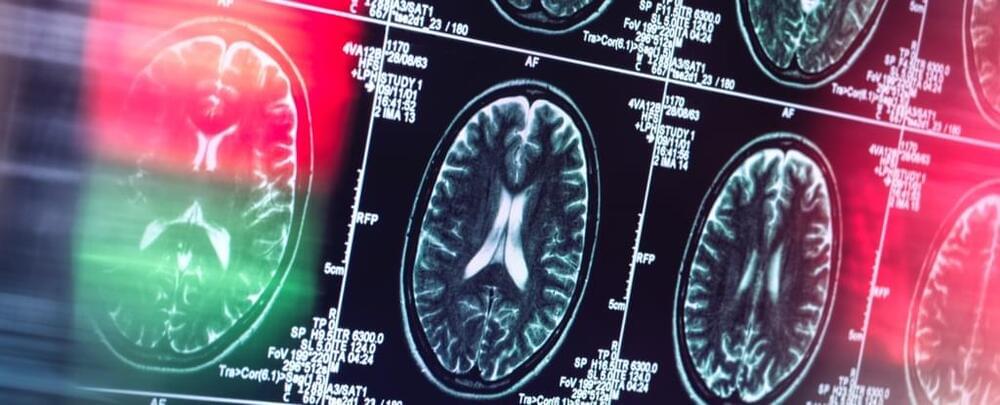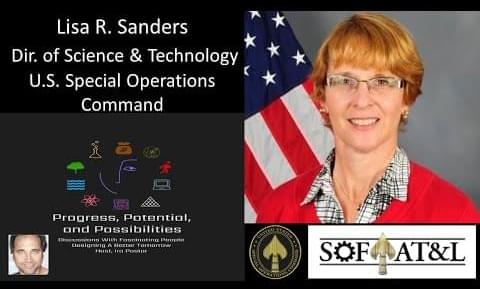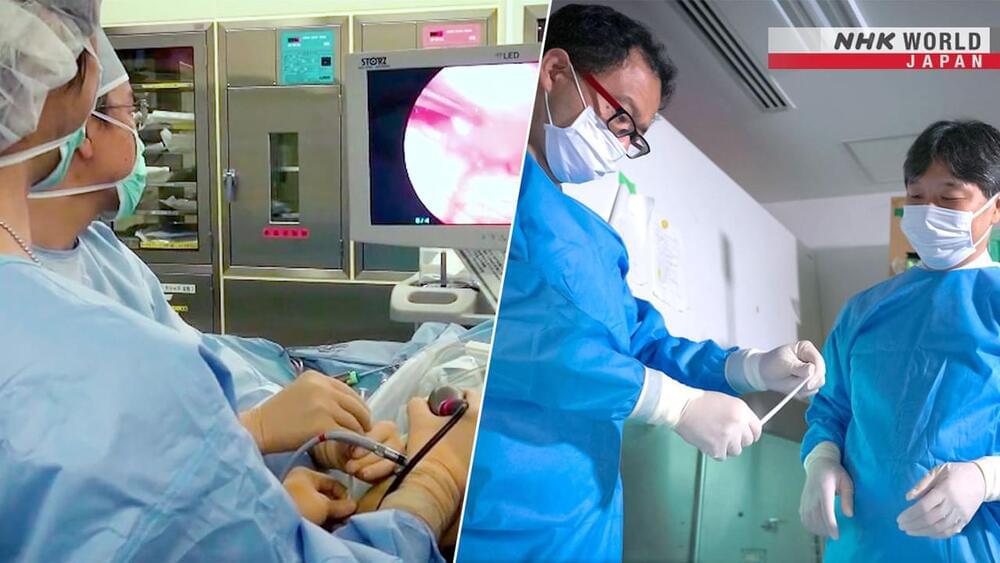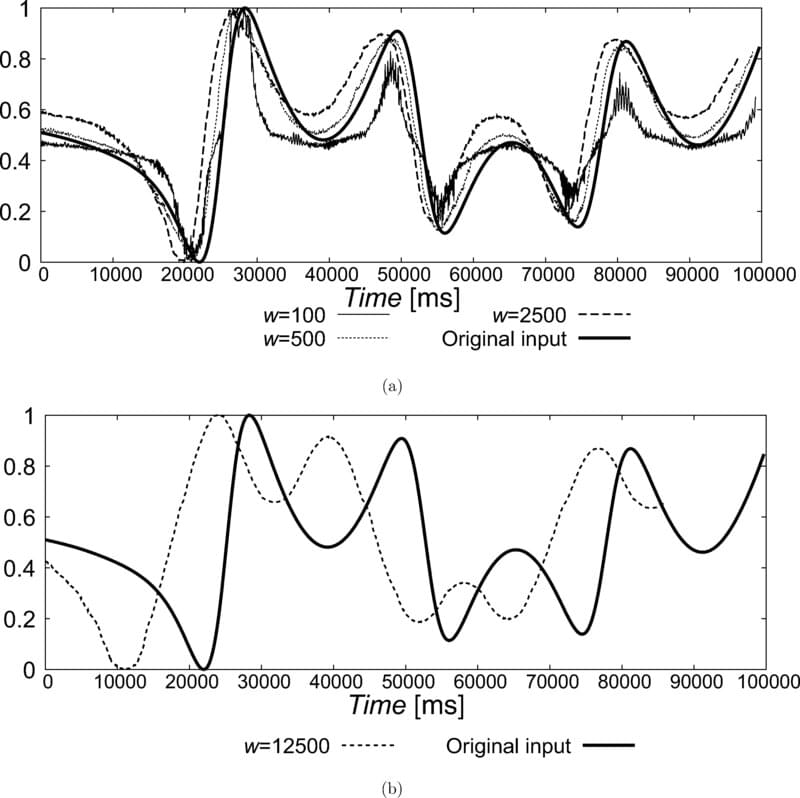Sep 20, 2022
Engineered Cells Become Drug Factories with Avian Assistance
Posted by Jose Ruben Rodriguez Fuentes in categories: bioengineering, biotech/medical, chemistry, genetics, robotics/AI
The genetic encoding of ncAAs with distinct chemical, biological, and physical properties requires the engineering of bioorthogonal translational machinery, consisting of an evolved aminoacyl-tRNA synthetase/tRNA pair and a “blank” codon. To achieve this, the researchers mimicked the ibis’ ability to synthesize sTyr and incorporate it into proteins.
The Xiao lab employed a mutant amber stop codon to encode the desired sulfotransferase, resulting in a completely autonomous mammalian cell line capable of biosynthesizing sTyr and incorporating it with great precision into proteins.
These engineered cells, the authors wrote, can produce “site-specifically sulfated proteins at a higher yield than cells fed exogenously with the highest level of sTyr reported in the literature.” They used the cells to prepare highly potent thrombin inhibitors with site-specific sulfation.


















